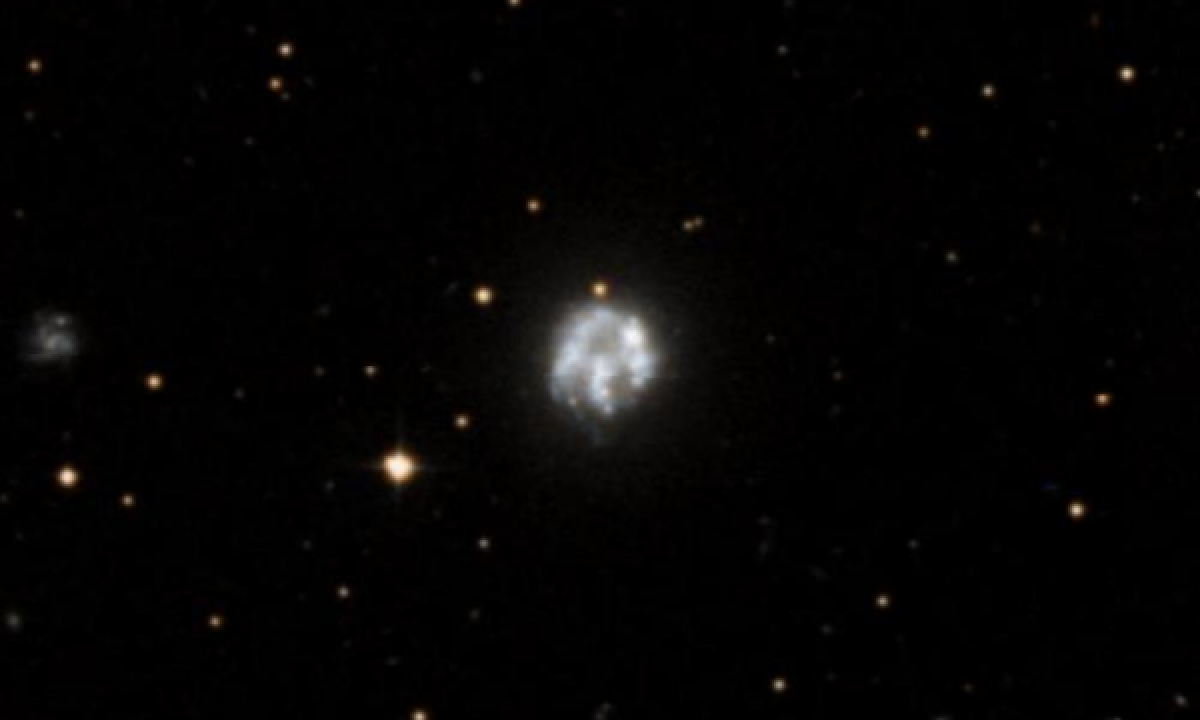The New General Catalogue of Nebulae and Clusters of Stars (abbreviated as NGC) is a catalogue of deep-sky objects compiled by John Louis Emil Dreyer in 1888. The NGC contains 7,840 objects, known as the NGC objects. It is one of the largest comprehensive catalogues, as it includes all types of deep space objects, including galaxies, star clusters, emission nebulae and absorption nebulae.
Know more about NGC
NGC 2537

NGC 2537, also known as the Bear Paw Galaxy, Bear Claw Galaxy, Arp 6, or Mrk 86, is a blue compact dwarf galaxy in the constellation Lynx, located around 3 degrees NNW of 31 Lyncis. It was discovered on 6 February 1788 by German-British astronomer William Herschel. NGC 2537 belongs to the iE class of Blue Compact Dwarf (BCD) classification, which is described as galactic spectra with an underlying smooth elliptical Low Surface Brightness component with a superimposed "knotted" star formation component (Gil de Paz et al., 2000, Page 378 Astron. Astrophys. Suppl. Ser. 145). NGC 2537 was long thought to be possibly interacting with IC 2233. However, even though they may lie at the same distance, neither display the hallmarks of a mutual interaction. Although no supernovae have been observed in NGC 2537 yet, a luminous blue variable, designated AT 2017be (type LBV, mag. 18.5), was discovered on 6 January 2017.
More Images:

Sources:
Wikipedia Page: NGC 2537
NGC 2537 at In-The-Sky website
